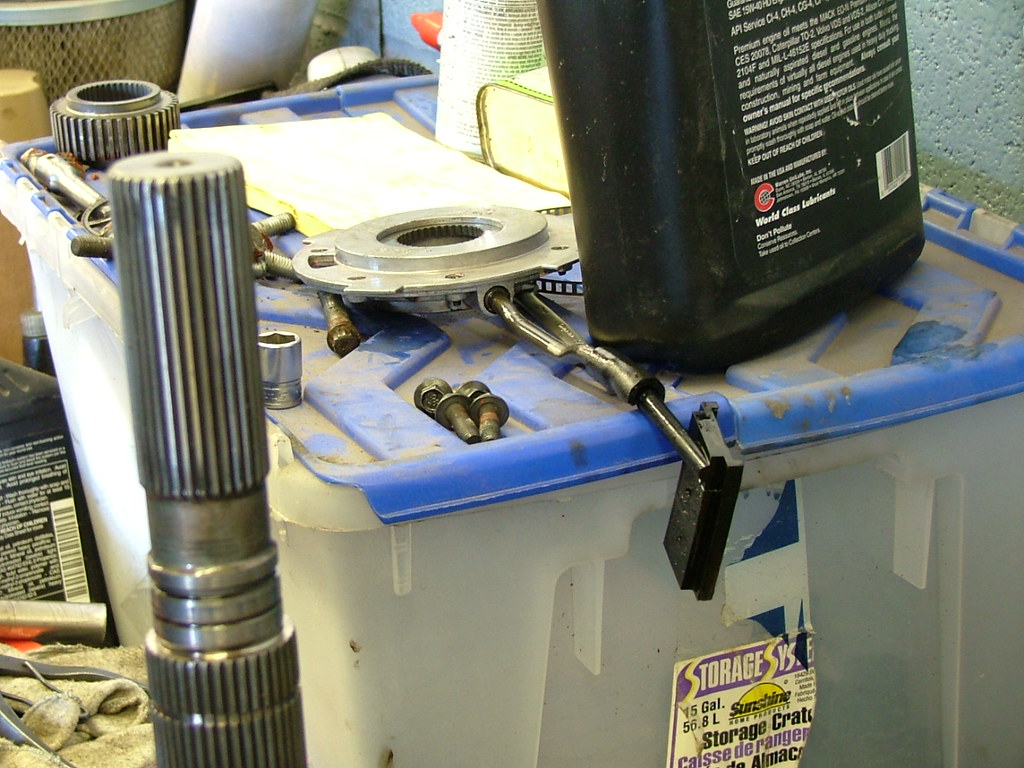Understanding the Transfer Case Control Module
The transfer case control module (TCCM) is a crucial component in 4WD vehicles, responsible for overseeing the shifting in four-wheel-drive system operations. It uses speed sensors to determine the vehicle’s speed and enable the shift between two-wheel and four-wheel drive. Understanding how it functions will help you diagnose potential issues.
Locating the TCCM in Your Vehicle
The TCCM is typically found near the control panel on the driver’s side, close to the steering column. Knowing its location is essential for efficient troubleshooting. Accessing the module in this position simplifies inspections and ensures prompt action if any malfunctions are detected.
Signs of TCCM Issues and How to Inspect
If you notice unusual noises, improper gear shifting, or water accumulation in the transfer case, it might be time to inspect the TCCM. However, before attempting any inspection or repairs, ensure you possess the necessary technical knowledge and tools. Seek professional assistance if unsure.
Avoiding Confusion with Transmission Issues
TCCM failure symptoms can mimic transmission problems, leading to confusion. To prevent further complications, consult a professional mechanic for an accurate diagnosis. Addressing the issue promptly can save you from more severe damage and costly repairs.
Potential Damage to the Transmission
Catastrophic transfer case failures can occasionally harm other vehicle components, such as the transmission. Address known problems immediately to prevent issues from escalating.
Replacing the Transfer Case Control Module
If the TCCM shows signs of failure and resetting it doesn’t resolve the problem, you may need to replace it. Here’s a step-by-step guide to help you through the process:
- Safety and Preparation: Park on a flat surface, engage the parking brake, and disconnect the negative battery cable to avoid electrical shocks.
- Locating the TCCM: The module is usually near the transfer case, located behind the engine and transmission.
- Disconnecting the Wiring Harness: Carefully unlatch or unscrew connectors linking the TCCM to the rest of the vehicle.
- Removing the Old Module: Unscrew any screws, use a flathead screwdriver if needed, and remove bolts using a ratchet.
- Installing the New TCCM: Place the new module in the same position, secure it, reconnect the wiring harness, and check all connections.
- Testing the New Module: Start the vehicle and monitor its performance to ensure the TCCM operates correctly.
- Wrapping Up: Reconnect the negative battery cable, secure loose wires, and congratulate yourself on a successful replacement.
Transfer Case Control Module Replacement Cost
If repairing the TCCM isn’t possible, the cost of replacing it can vary significantly. The average cost ranges from $2,300 to $2,750, with labor costs accounting for approximately $435 to $650. Remember that prices may differ based on your vehicle’s make and model.
Conclusion
Understanding your transfer case control module and knowing how to troubleshoot and inspect it can save you time and money in the long run. Whether you’re a beginner or a car enthusiast, being familiar with this essential component will help keep your 4WD system running smoothly. Always remember to seek professional help if unsure or uncomfortable with performing repairs yourself.


